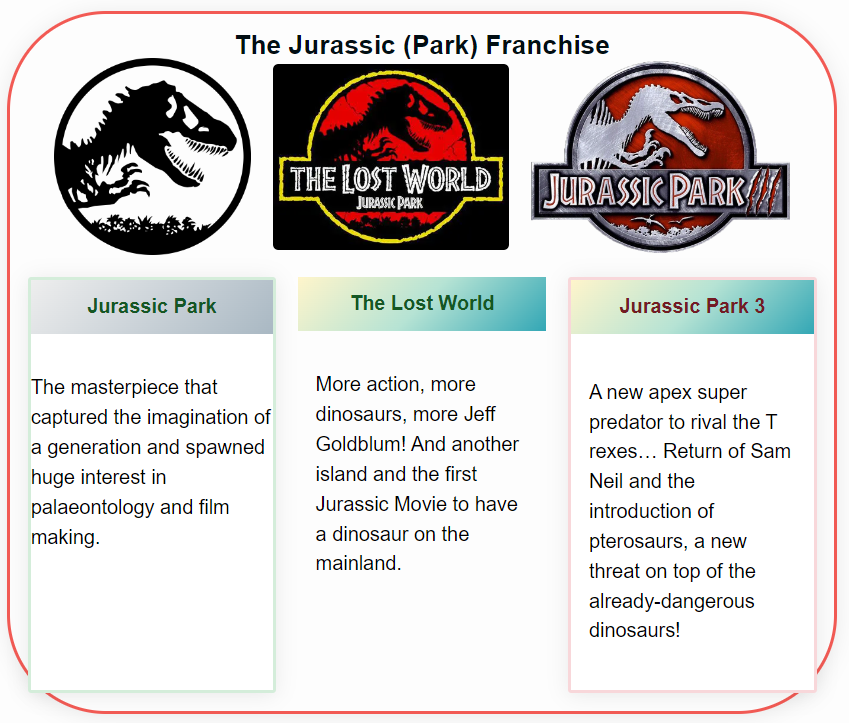Aucasaurus is a genus of theropod dinosaur that lived during the Late Cretaceous period in what is now Argentina. It is known from a single partial skeleton, discovered in 1999, which has provided important insights into the evolution of carnivorous dinosaurs in South America.
Photo/illustration credit: By Paleocolour
Discovery and Characteristics
The remains of Aucasaurus were discovered in the Rio Negro Province of Argentina by a team of paleontologists led by Fernando Novas. The remains consisted of a partial skeleton, including portions of the skull, vertebrae, ribs, and limb bones, which were estimated to be around 85 million years old. Based on these remains, scientists have reconstructed Aucasaurus as a medium-sized theropod dinosaur that was around 5-6 meters (16-20 feet) long and weighed about 1 tonne (1.1 short tons).
Diet and Habitat
Aucasaurus was a carnivorous dinosaur that likely fed on a diet of small to medium-sized herbivorous dinosaurs and other prey. It lived in a lush, tropical environment that was filled with a diverse range of flora and fauna, including other dinosaurs like the Argentinosaurus and the Carnotaurus.
Naming
The name Aucasaurus is derived from the Mapuche word “auca,” which means “ancient” or “old,” and the Greek word “sauros,” which means “lizard.” The species name, garridoi, is in honor of Eduardo Garrido, the owner of the land where the fossils were found.
FAQ
Is Aucasaurus related to other theropod dinosaurs?
Aucasaurus is a member of the Abelisauridae family of theropod dinosaurs, which were known for their short, deep skulls and powerful jaws. Other members of this family include the Carnotaurus and the Majungasaurus.
How big was Aucasaurus?
Aucasaurus was a medium-sized theropod dinosaur, measuring around 5-6 meters (16-20 feet) long and weighing about 1 tonne (1.1 short tons).
What did Aucasaurus eat?
Aucasaurus was a carnivorous dinosaur that likely fed on a diet of small to medium-sized herbivorous dinosaurs and other prey.
What is the significance of Aucasaurus?
Aucasaurus is significant because it
![By Paleocolour - [1], CC BY-SA 4.0, https://commons.wikimedia.org/w/index.php?curid=62532615](https://dinosaurseverywhere.com/wp-content/uploads/2023/07/Aucasaurus_garridoi_by_Paleocolour.jpg)

